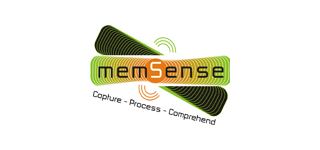Development of Innovative sensor systems offering distributed intelligence

ACRONYM:
MEMSENSE
LEADER:
Christos Tsamis
START DATE:
01/05/2009
LATE DATE:
01/04/2013
FUNDING SOURCE:
NSRF 2007–2013

ACRONYM:
MEMSENSE
LEADER:
Christos Tsamis
START DATE:
01/05/2009
LATE DATE:
01/04/2013
FUNDING SOURCE:
NSRF 2007–2013
The MEMSENSE project aims at developing innovative sensor systems and next generation architectures in order to provide distributed intelligence in the areas of smart buildings, industrial automation, and medicine.
The project consists of 8 industrial members of HSIA (Hellenic Semiconductor Industry Association) and 6 of the most prestigious academic and research institutes of the country, thus assuring a close collaboration between research and industry.
MEMSENSE is organized around 8 discrete activities that are all related to each other, and correspond to the following work packages:
MEMSENSE is a complex project, which covers many different research areas and in particular:
Potential applications of the systems developed within MEMSENSE include:
In smart buildings, the development of an environment of ambient intelligence which senses environmental conditions and enables services of control, interconnection, security, comfort and energy saving.
In industrial automation, continuous assessment and control of production lines and prediction of possible failures.
In patient treatment, enabling the remote monitoring of COPD patients and the prevention of deadly medication errors which are associated with the administration of drugs.